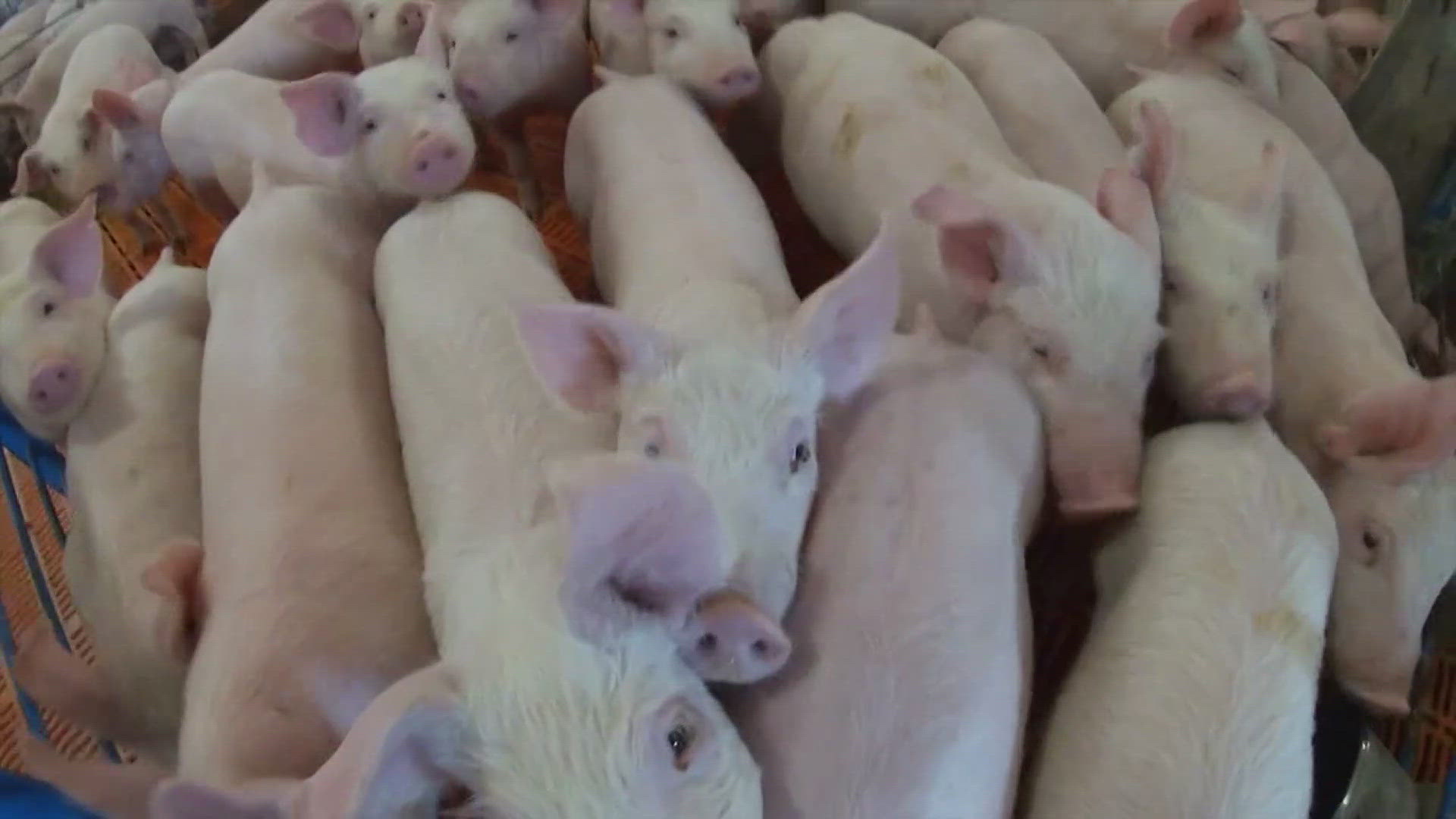SPRINGFIELD, Ill. — A bill that would trigger automatic payments into the state’s so-called “rainy day” fund is heading to the Illinois House for consideration after unanimous passage out of committee this week.
Under House Bill 2515, automatic deposits in the rainy day fund and pension stabilization fund would be triggered if the governor’s proposed general revenue estimate exceeds the prior year by at least 4% and the state has less than $3 billion in bills awaiting payment from the General Revenue Fund.
In that case, the law would require 1%of budgeted spending to be split between the “rainy day fund and added payments to the Pension Stabilization Fund.
The “rainy day” fund, officially known as the Budget Stabilization Fund, was created in 2000. It was to serve as a fund reserve to reduce the need for short-term borrowing and future tax increases when revenues slow. Having such a fund reserve would theoretically help the state maintain high credit ratings, address budgetary shortfalls and ensure bills are paid in a timely manner even in tough economic times.
But the fund remained woefully short of a meaningful balance throughout the first two decades of its existence.
Within Comptroller Susana Mendoza’s first year in office beginning in December 2016, the rainy day fund’s balance dropped to roughly $69,000 – which she often quipped wouldn’t keep state government running for more than 30 seconds. It was a drop from about $276 million in June 2016 as the funds were used to keep state government functional amid a two-year budget impasse between Democrats in the General Assembly and Republican Gov. Bruce Rauner.
Now Mendoza is the most vocal backer of the bill to require the annual payments to the fund when the state’s financial situation allows it.
“This is the right time to move this legislation forward because I just believe that history teaches us that not every governor believes that Illinois shouldn’t spend every penny that they bring in,” Mendoza said in an interview. “This has been an administration…who really understand the value of saving and preparing for both the rainy day but also saving money and pension obligations.”
The fund’s balance is scheduled to reach $1.9 billion by the end of this fiscal year, but Mendoza said it’s not enough when compared with the national average. According to the most recent data from the National Association of State Budget Officers, the average number of days that states currently have in their rainy-day reserves is about 54 days. Illinois’ rainy day fund represents roughly 11 days’ worth of funds.
“Now, with this legislation, we’re making the required payments like we should have,” Rep. Stephanie Kifowit, D-Oswego, a lead sponsor on the legislation, said in an interview. “For decades, [payments] didn’t happen. They didn’t happen in the right amount, they were always shorted.”
Current law only requires automatic deposits if the state’s general revenue estimates increases by 4% or more over the prior year. But that trigger has never been reached and Mendoza said the current system isn’t working.
“The language is unclear as to how, when and by whom this number is determined,” Mendoza said in committee. “Instead, past deposits into the rainy day fund were results of one-time actions by previous general assemblies.”
The legislation also calls for a six-month review from the Commission on Government Forecasting and Accountability. Mendoza said in committee this could trigger savings if growth exceeds 4% in the middle of the fiscal year.
Mendoza advocated for a similar bill last year proposed by then-representative and current state Sen. Michael Halpin, D-Rock Island, but it died in committee. This year, though, the bill has bipartisan support with Republican Minority Leader Rep. Tony McCombie, R-Savanna, acting as a chief co-sponsor on the bill.
Watch more news, weather and sports on News 8's YouTube channel
Capitol News Illinois is a nonprofit, nonpartisan news service covering state government. It is distributed to more than 400 newspapers statewide, as well as hundreds of radio and TV stations. It is funded primarily by the Illinois Press Foundation and the Robert R. McCormick Foundation.



